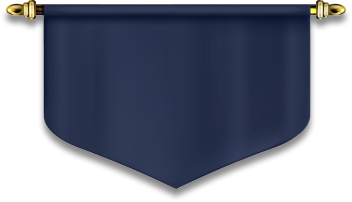The castle was nationalised after the Second World War. Thorough renovation and reconstruction began in 1949 and was managed by Alfred Majewski. The castle altogether with accompanying historical treasures of Nowy Wiśnicz creates a unique landmark rich in spectacular views, multiplicity of artistic and historical stories and variety as well as quality of stylish forms and cultural contexts.
Castle in Wiśnicz
The castle in Wiśnicz is located on the northern side of a headland leading towards the valley of Leksandrówka. It is structured as a regular four-sided construction with a courtyard and four towers. The origins of the castle date back to the 14th century, when the noble family of Kmita's of the coat of arms "Szreniawa" began to build the series of landlord properties around Wiśnicz. During that time, the erected castle served as a protective bastion for the landlords.
The founder of the fortress was Jan Kmita, who was the governor of the districts of Sieradz, Russia and Krakow during the 70s of the 14th century. The first reference of the castle ("castrum") are confirmed in the billings of Bochnia's ventures ("Żupy bocheńskie”) from 1396.
The residence was owned by the Kmitas until the death of Piotr Kmita (1553), the Governor of Krakow (1536-53). From 1554, the castle was managed by the families of Barza and Stadnicki. In 1593 the owner of the residence became Sebastian Lubomirski, who made the emperor Rudolph II grant him the title of "the Count of Wiśnicz". From 1615 to 1621, his son, Stanisław, rebuilt the edifice and strengthened it with a five-sided bastion fortification designed by Maciej Trapola.
On the eastern part of fortification, one's attention draws the Baroque gateway shaped in a triumphal arch (1621). Lubomirski was also the founder of the fortified Monastery of the Discalced Carmelites, erected on the southern side of the castle, as well as the founder of Nowy Wiśnicz (1616).
Wiśnicz was owned by the family of Lubomirski until the middle of the 18th century. It was then, when it became the property of the family of Sanguszko, and later on - the families of Potocki and Zamoyski. After the fire in 1831, the castle was abandoned and began to fall into ruin. The castle, however; was saved from total devastation thanks to renovations made by the Union of the Family of Lubomirski, which repurchased its old estate.
Tourist season: April - October
- Monday – closed
- Tuesday - Friday: 8 AM - 4 PM (last guided entrance at 2:30 pm)
- Saturday, Sunday and Holiday: 10 AM - 6 Pm (last guided entrance at 4:30 pm)
Low season: November – March
- Monday - closed
- Tuesday - Friday: 10 AM - 4 PM (last guided entrance at 2:30 pm)
- Saturday, Sunday and Holiday: 11 AM - 3 PM (last guided entrance at 1:30 PM)

